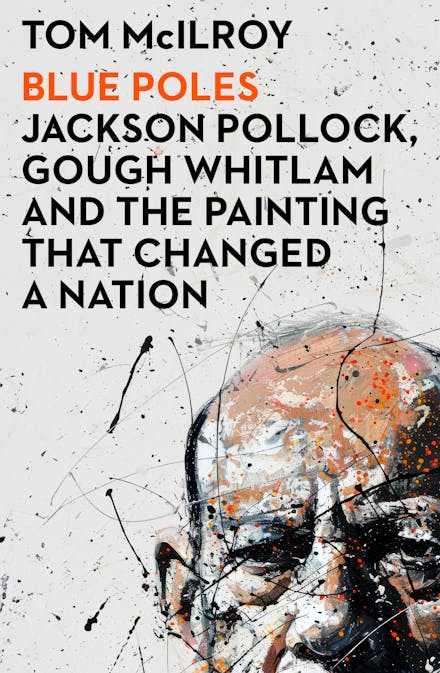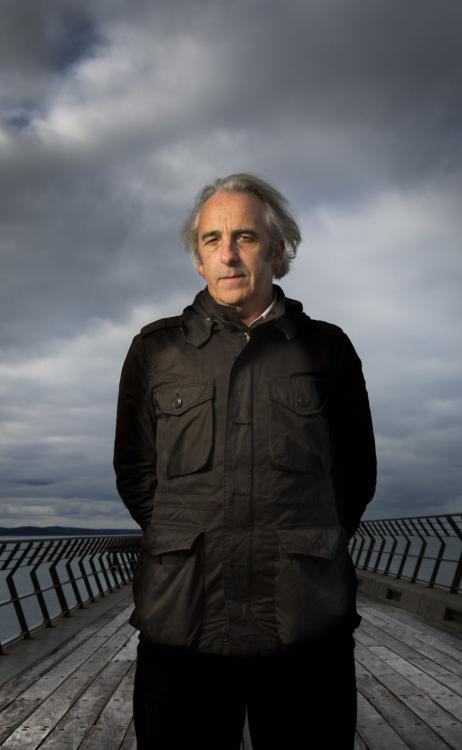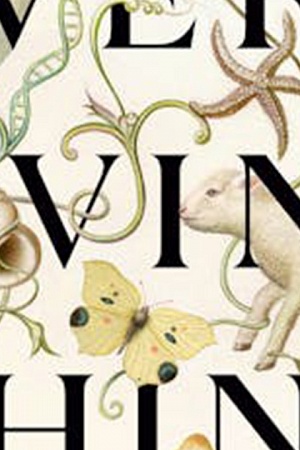The Naturalist: The remarkable life of Allan Riverstone McCulloch
NewSouth, $34.99 pb, 198 pp
Museum life
The Australian Museum is starting to develop something of a literary landscape of its own. This is not so much through official publications such as Ronald Strahan’s Rare and Curious Specimens (1979) or the flagship magazine in its various incarnations from Australian Natural History to Explore. Rather, it is through more creative or expansive stories of the weird, wonderful, and personable, from Tim Flannery’s amusingly fictionalised historical recounting of The Mystery of the Venus Island Fetish (2014) to James Bradley’s disturbing future fiction The Deep Field (1999). Museum spaces – front and back of house – have an intriguing capacity to inspire and document their own strange and evolving histories.
Brendan Atkins, an ecologist who was once himself the editor of the museum’s magazine, continues this process with his latest book, The Naturalist. Rather than focusing on the charismatic megafauna of museum history – George Bennett, Gerard Krefft, Gilbert Whitley, or even Tim Flannery – Atkins writes a biography of a figure who has slipped into the shadows: Allan Riverstone McCulloch (1885–1925) – ichthyologist, collector, artist, exhibition designer, photographer, educator, adventurer, who died at forty under tragic circumstances.
Museums offer multi-layered experiences, from their imposing architectural façades to the particular arrangements of artefacts and specimens in their exhibition halls, symbolised by the once popular dioramas (of which McCulloch was a master) artfully illuminating an illusion of past worlds. Yet the basements and warehouses stacked with accumulated research collections that lie beneath these public displays have a more complex history: they represent dead specimens collected to preserve the diversity of life and cultural artefacts that simultaneously conserve cultural heritage, often through theft and appropriation.
Continue reading for only $10 per month. Subscribe and gain full access to Australian Book Review. Already a subscriber? Sign in. If you need assistance, feel free to contact us.














Leave a comment
If you are an ABR subscriber, you will need to sign in to post a comment.
If you have forgotten your sign in details, or if you receive an error message when trying to submit your comment, please email your comment (and the name of the article to which it relates) to ABR Comments. We will review your comment and, subject to approval, we will post it under your name.
Please note that all comments must be approved by ABR and comply with our Terms & Conditions.